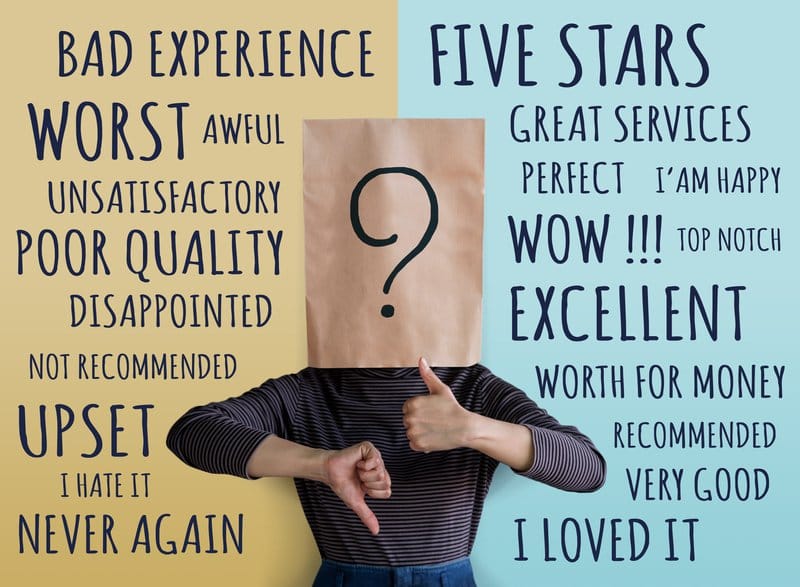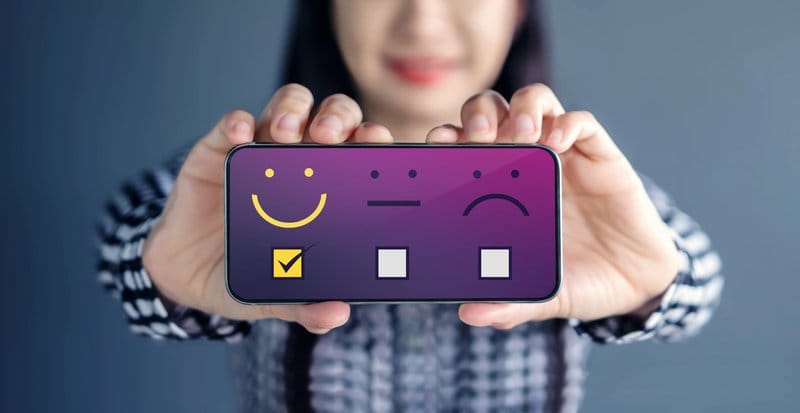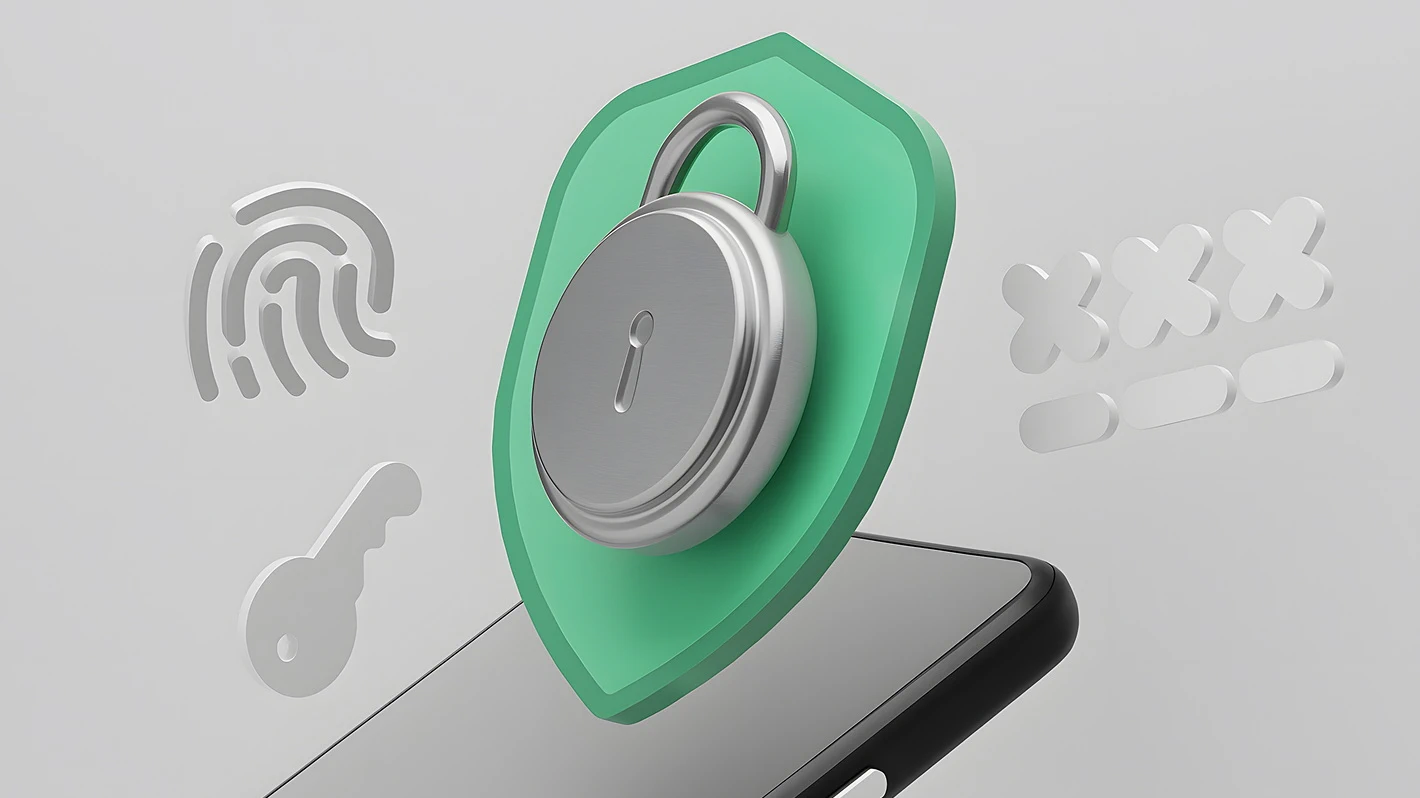“I won’t complain. I just won’t come back.” – Brown & Williamson Tobacco Ad
Customer support is (or should be) an integral feature of the modern business landscape. Customer service (CS) and customer experience (CX)—the two functions that comprise customer support—are often misused to mean the same thing. Although closely linked, the two functions are markedly distinct. Here’s the thing though. Although customer service and customer experience are different concepts, they work hand in hand when it comes to building brand loyalty.
Customer Service Professional David Tooman once remarked: “Sales without Customer Support is like stuffing money into a pocket full of holes.” A quick look at the numbers shows why this analogy holds true and is important to remember. Seventy-five percent of customers are willing to pay more if companies offer a great customer experience, 77% are more loyal to a company that gives them focused attention when issues arise, and 80% of customers will ditch a brand and move to a competitor after just one bad customer service experience. The solution is thus clear. To prevent your brand from being a “stopping point” on the customer journey, enhance their overall experience and treat them as a lasting investment.
The question then, which one to focus on? A one-word answer: both. Neither is more important than the other. You can’t achieve excellent CX without great CS. With so much at stake, smart businesses aren’t wasting time getting caught up in the customer service vs customer experience debate. They’re simply leveraging CX and CS to push up customer satisfaction levels and drive revenue.
What is Customer Service?
Customer service is the support that a business provides its customers before, during, and after the transaction. As customer service entails how your company interacts with its customers, meeting, perhaps even exceeding their expectations, both in routine everyday interactions well as when problems arise, it has a direct impact on your company’s ability to compete, its profitability, and your brand image.
Your customer service team is the front-line of your customer’s needs and is crucial for long-term customer retention, and as result, business success. Customer support teams should be responsive, always on top of things, and ready to go the extra mile.
Such as the case when Peter Shankman jokingly tweeted: ‘Hey @mortons can you meet me at Newark with a porterhouse when I land in two hours, k, thx.:).’ Shankman was blown away when Morton’s did exactly that– getting someone to drive over 23 miles to greet him at the terminal with a full Porterhouse dinner, hand-delivered by a tux-wearing server. Apart from getting authorization and the preparation, Shankman said the part that really blew him away was that while all this was happening, Morton’s had to track down his flight, where he was landing, and be there when he walked out of security! This is the type of superior customer service businesses should be striving to emulate.
Customer service goes beyond the traditional parameters of support via telephone. It should be available through email, text, and, as in the case of Shankman, social media. Offer multiple customer support options to allow people to contact your support team through channels they prefer, in a way that’s most convenient for them. It’s hyper-competitive out there, so, you want to stand out from the crowd by offering amazing experiences for every client. Customer experience is no longer an option, but a non-negotiable in the modern era, so much so, that 89% of organizations rely on the function to remain competitive.
Customer demands are ever-evolving. They value time and convenience, and the consistent delivery of excellent customer service can be a game-changer. Take Tesla who literally meets customers where they’re at by going to their customer’s home to carry out repairs on their car. It’s super convenient for the customer because they don’t have to waste time milling around a repair shop and schedules can be arranged to fit their plans.
These two examples highlight how good customer service is ultimately about the scalable ways a company meets customer needs every day, and are more often than not the result of a customer-centric staff who are excelling in the following areas:
- Respond quickly: Customers place a premium on fast response times when they want to ask a question or highlight a problem.
- Act on feedback: When an employee acts on customer feedback, it shows customers their opinions matter, they are being heard, they are important.
- Have empathy: With 75% of customers wanting a personalized experience, approaching interactions from a customer’s point of view will make them feel valued.
- Offer self-service options: Sometimes, customers want to find their own answer to service problems. So, having an up-to-date FAQ page or knowledge base can be very helpful.
- Provide omnichannel support: Customers want flexibility in how they engage with your brand. Be prepared to offer support through email, phone, live chat, and social media.
- Go the extra mile: Delivering value beyond customer expectations or enhancing experiences through more personal touches can leave lasting impressions, drive up customer loyalty, and build brand image and reputation.
Negative Customer Services
On the flip side, unfortunately, bad news travels faster than good news, even more so in the age of social media where everything can be shared instantly. The reality is that most customer service stories online are about poor customer service experiences, and consequently, you don’t always hear about companies who are doing and getting it right.
Customers, especially those who reach you via phone, want and expect quick solutions. Hubspot research shows that 90% of customers rate “immediate response” as very important when they have queries. Putting them on hold for minutes on end will annoy them, frustrate them, and they will remember this and tell others. They may even walk away from your brand. I know and I have done so.
Moreover, a WalkerInfo report states, that bad customer service will result in 56% of consumers ditching a brand, permanently while 52% will share their experiences with family and friends.
As a practical example, let’s take the case of Lucy Thorpe, a digital marketing specialist, who shared this story of really bad, distasteful customer service. Thorpe recalls how she took her youngest daughter for an eye test. The little girl turned out fine. But, Thorpe says, for several years now, she has been receiving aggressive emails pushing her to bring her daughter back for a checkup. It gets worse, though. The longer she does nothing, these emails say, the more the likelihood that something bad might happen. The message behind these “mail attacks,” Thorpe adds, is that by ignoring them, she is risking her daughter’s health.
Bad customer service can be defined as when a business fails to meet customer expectations in terms of service quality, response time, or overall customer experience, or, as in the Thope case, threatening mail. Poor customer service not only worsens existing customer relationships but also puts potential new opportunities at risk, and of course, eats into your business’s bottom line. Research by Microsoft states that bad customer service will drive 58% of consumers into the arms of competitors.
If you don’t want your business to be part of this unwanted statistic, then avoiding these bad practices will help.
- Rude and negative attitudes – Customer service is more than just a set of mechanical guidelines that you must adhere to, it’s your brand’s personality coming alive. It’s how you interpret clients’ problems, and how committed you are to solving them, using them as opportunities for growth.
- Respond quickly: Customers place a premium on fast response times when they want to ask a question, resolve a query, or resolve a problem.
- Bouncing callers from one agent/department to another – Transferring callers, again and again, not only implies your staff doesn’t have the knowledge to solve a problem, but it also gives an impression that customers’ time is unimportant. Whether you buy online, on the phone, or in a shop; whether you’ve purchased a not-so-expensive item or a high-end one, everyone customer wants to be treated properly.
- Say again, can you repeat that please – You know that feeling when you’re put on hold forever, and then you have to explain your problem for the third time to another agent or a virtual assistant. If you ask a customer to repeat information once, twice, thrice – you shouldn’t be surprised when frustration levels rise.
- Directing customers elsewhere – Customers, most probably, have already tried your website, the FAQs, the terms and conditions, etc., but could not find the answers they looking for, hence them reaching out to you. Being abruptly told to hang up and fix the problem themselves worsens the situation and is the last thing that your callers want to hear.
- Implying customers are not knowledgeable – This is an insult. Any words or interjections that question their intelligence are unnecessary, inexcusable, and do not help.

Customer Service vs Customer Care
The rationale behind customer service/support is to adequately respond to any incoming client questions, queries, and problems. This includes any need for clarifying or troubleshooting an issue, tips, and other advice for them to get optimal use from your product or service.
Gone are the days when customer service only meant getting inquiries about product specifications or price lists. It requires your support team to have interpersonal skills, product knowledge, and, patience to understand client needs and deliver a solution, hopefully, in real-time.
As consumers become savvier and more demanding, customer care is fast becoming an essential aspect of operating a business. Customer care is the process of looking after clients through meaningful interactions to ensure their overall satisfaction with your product or service, and how you can make engagements with your brand even better.
Customer care is undeniably a pillar of any business success because we all know how fickle we can be if we aren’t taken care of. To that end, a lot rides on its arm: protecting and building long-term relations with clients for greater brand loyalty, boosting a company’s public image, and ably demonstrating that your company cares about its customers. It’ll also play a significant role in determining whether customers will share either positive or negative experiences with people in their social circles.
Take a moment to think about the care you receive and the care you give. When was the last time someone took care of you or provided you with service that went above and beyond your expectations? Chances are it was because someone went out of their way to think about your needs, even if it meant a little more work on their part.
What is Customer Experience?

Customer experience is many things to many people, but, very broadly, it can be described as perceptions consumers have of your business based on all the interactions they have with your brand. This perception encompasses every aspect of a company’s offering – the quality of customer service and care, of course, but also packaging, product, ease of use, reliability, advertising, and after-sales service.
Product development, operations, marketing, and customer service, are your team aware of how their separate decisions shape the overall customer experience? And when they do, chances are they all have different ideas of what customer experience means. At the heart of great customer experience is s simple notion: Every employee has a stake in the customer’s satisfaction.
Customer service personnel tend to concentrate on the here and the now, failing to take in its connection to anything preceding or following it. Even then, such service is almost robot-like: Why would customer support agents ask, as they so often do, “Is there anything else I can help you with?” when they haven’t even dealt with the original reason for the call or visit? I had just this experience with my internet service provider the other day. It’s worth noting that 86% of customers are willing to pay more for a great customer experience.
In a world of constant interaction with our smartphones and the near-frictionless communication they provide, it only makes sense that customer interactions should flow just as smoothly. A positive customer experience encounter can increase customer spending by up to 140%, according to Deloitte. Moreover, customers are likely to become more loyal, and even recommend your brand to others if their previous experiences were positive.
Customers are the lifeblood of any business. We know that. If they are not happy, they will look for happiness elsewhere. Satisfaction and loyalty go hand in glove. Once customers are loyal, you have a higher chance of success when up-selling and cross-selling. And it appears businesses are fast realizing the importance of raising customer experiences. A survey of 1,920 business professionals to determine their number one priority over the next 5 years has seen CX trump even product and pricing.
According to other customer experience statistics, enhanced customer experiences improved cross-selling and up-selling by 42%, improved customer retention by 33%, and raised customer satisfaction by 32%.
Customers today have a range of options, meaning keeping them satisfied and loyal must move beyond the “can I help you” proposition. When everyone at your company shares the same end goal of raising customer experience, you promote a more streamlined effort towards raising the customer experience. This way, your product development team, for example, may be more willing to help the sales team, or marketing may be more willing to listen to the customer support representatives. By making serving others a priority, you can create a culture of ’we serve’ within your organization.
Positive and Negative Customer Experiences
If your business is resolving problems timeously, providing effective solutions on first contact, valuing customer feedback and time, and engaged in excellent customer experience etiquette, then you are well on your way to providing high-level customer experiences.
On the other hand, if your agents are taking forever to resolve customer queries, are providing inaccurate information to close customer tickets faster, customers can’t reach your support staff are indifferent to customers issues, then it’s ‘Houston, we have a problem time.’
Strategies for Improving Customer Experiences
Organizations have realized the need to employ strategies for improving customer experiences at all levels.
Some of these practices include:
- Creating feedback loops
- Adopting an omnichannel
- Revisiting your content management strategy
- Offering more personalization
- Leveraging AI in more functions
- Implementing customer experience software
Create Customer Experiences Beyond Expectation
Customer service vs customer experience… Recognizing the differences is critical simply because customer service is a key aspect of your overall customer experience. If you understand how the two concepts are distinct yet intertwined, you’ll be better positioned to offer enhanced overall customer support that builds brand loyalty.
Digital transformation is forcing companies to change their business models and adapt to the new realities. Interestingly, it’s not companies that are driving this change, it’s their customers. Today, customers expect engagements in relation to what they’re doing or seeking anytime, anywhere, on their preferred platforms, and on the device of their choosing. In short, customer journeys are dictating business strategies.
To keep up with the 24/7 connected customer, your business must embrace technology to deliver unparalleled customer experiences by creating memorable moments that spawn enduring relationships.
Still not convinced? Let’s check the numbers. Research shows that 35% of business executives claim that digital transformation helps them to better (40%) meet customer expectations and improve operational efficiency, and 38% of executives plan to invest more in technology to help ensure competitive advantage.
Helpware’s outsourced digital customer service connects you to your customers where they are. We offer business process outsourcing that drives brand loyalty including Call Center, Answering Service, Chat, Technical, and Email support. What’s more, our dedicated teams provide support in over 25 different languages for customers around the globe.
Ready to expand customer satisfaction by staffing the right people with the right skills across all customer channels? Get in touch with the Helpware team today and drive increased brand loyalty while outstripping the chasing pack.












